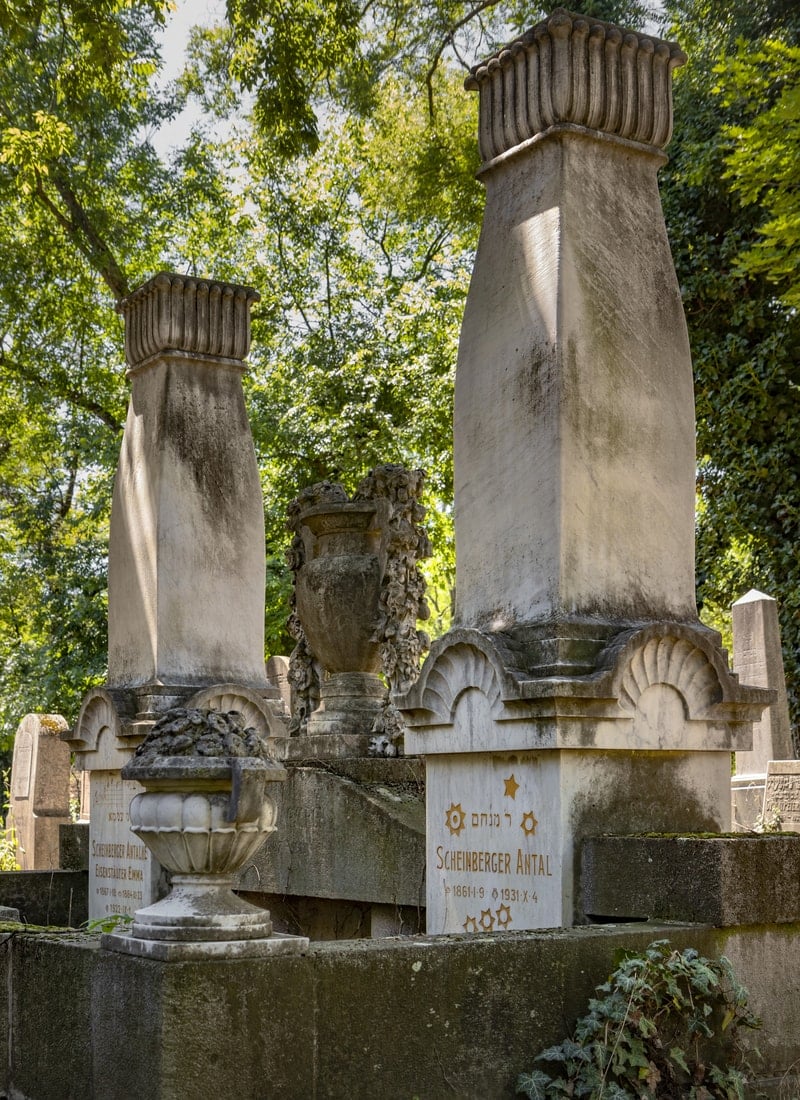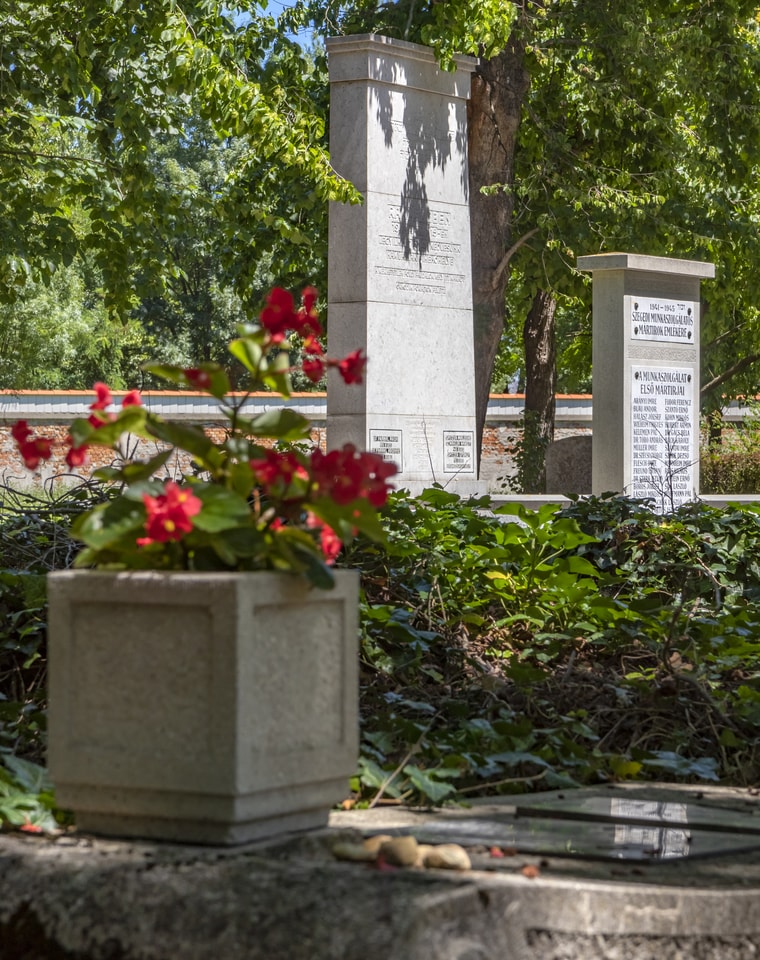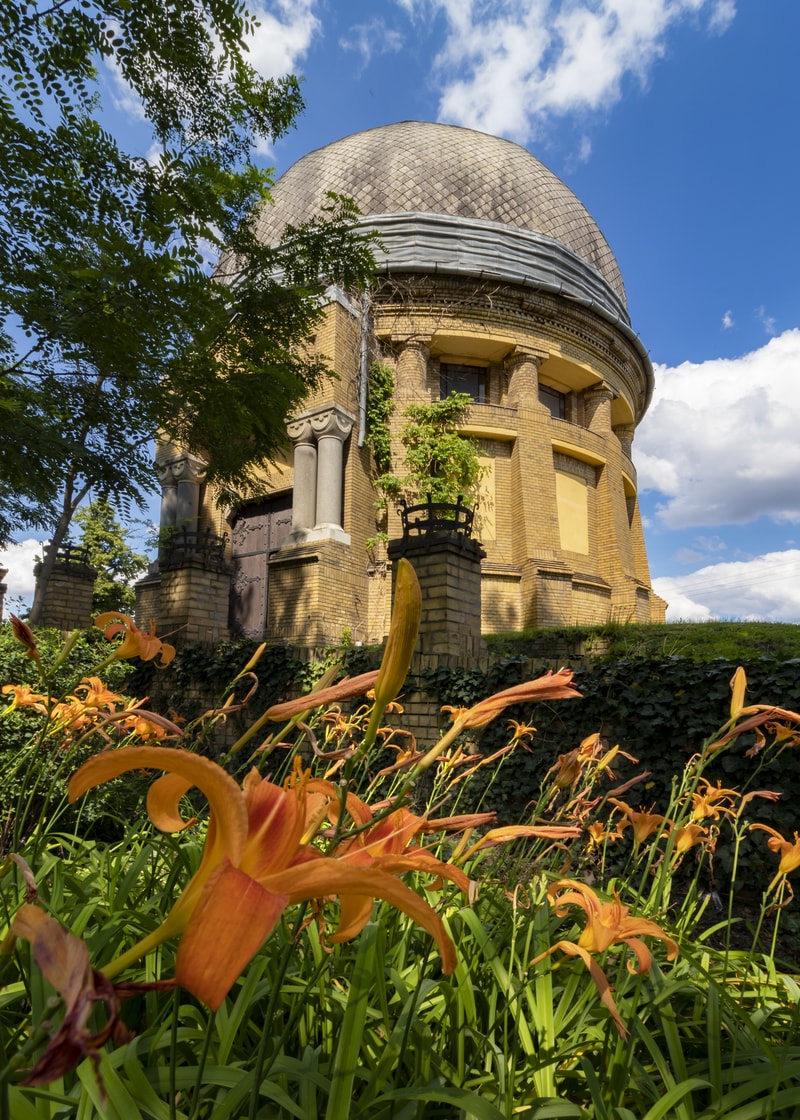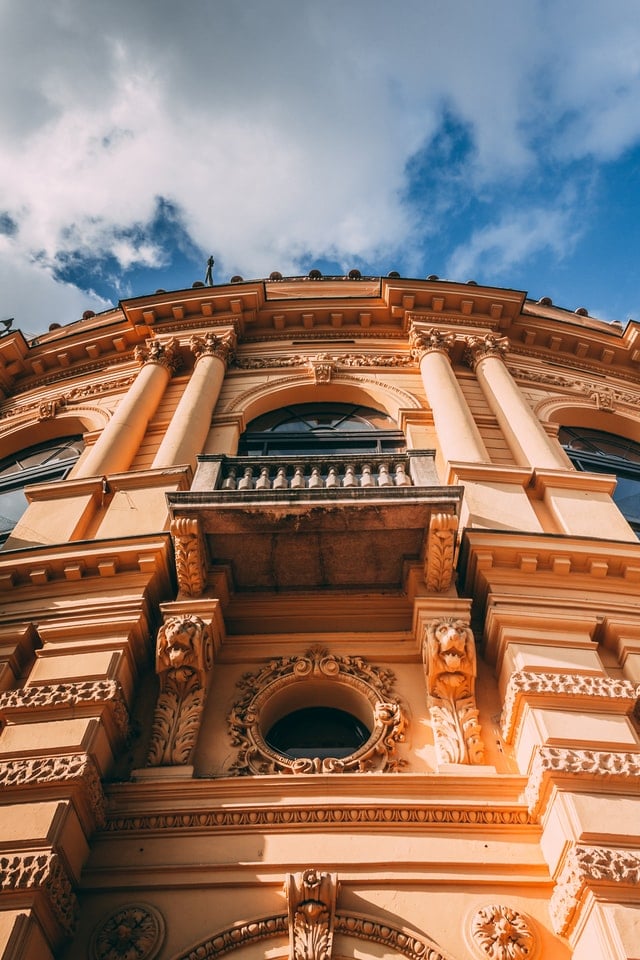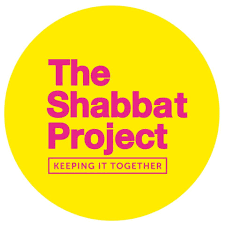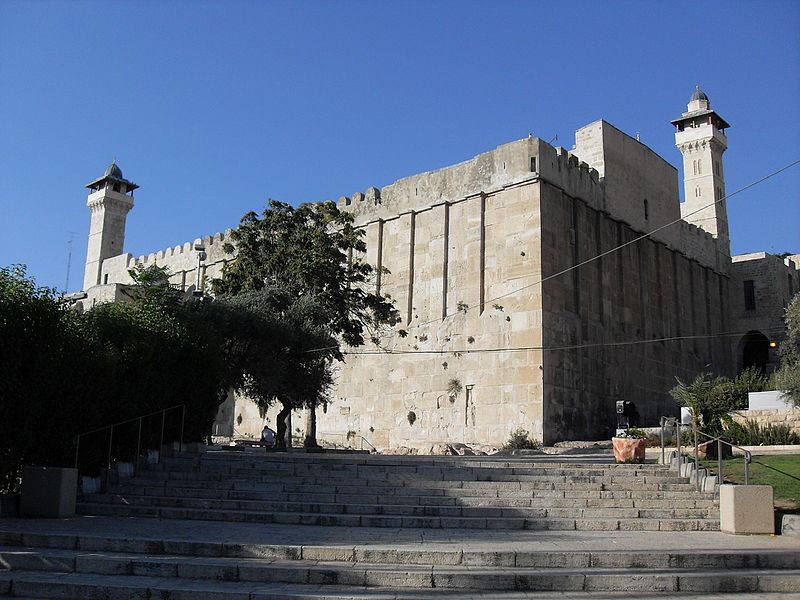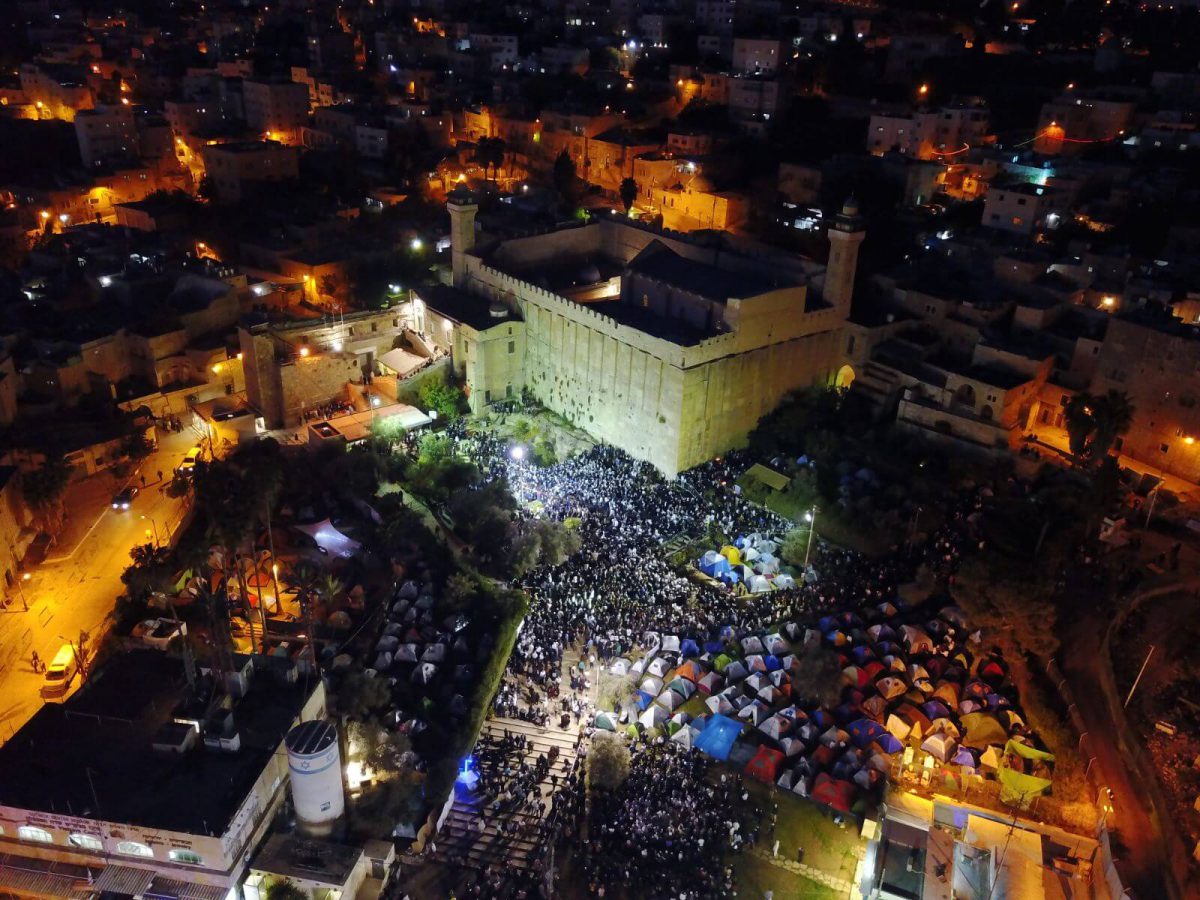Symbols bear a great significance in Jewish art, which are manifested in the Jewish cemetery of Szeged, having numerous richly decorated tombstones, representing different artistic styles of distinctive eras. In certain cases, the form of the tombstone itself is a symbol. These symbols as well as the epitaphs based on old traditions serve an important basis of information about the deceased person, Jewish religion and the Jews of Szeged.
Archives: Directory listings
Directory listings
The Randegg Memorial
In Jewish cemeteries, there is a long tradition of erecting monuments for war heroes. Hence, monuments were also raised for the victims of the Holocaust in the Jewish cemetery of Szeged. Besides, it is also a Hungarian tradition to include the names of the heroes as well as those killed in the Holocaust on the family’s tombstone.
Jewish Cemetery
The Jewish cemetery of Szeged, which spans across 4.87 acres, is still in use today and is located on the edge of the town, next to the public cemetery. Its history, tombstones, and monuments well reflect the fate of the Jews living here from the end of the 18th century until the present days.
Ciduk Hadin House
On the right side of the cemetery, we can find the Ciduk Hadin House, the mortuary with its brick covered walls overlooking the monuments of the cemetery, designed by the same architect, Lipót Baumhorn, who made several of the city’s major buildings including the New Synagogue and the headquarters building of the Jewish Community in Gutenberg Street.
The Jewish Story of Szeged, Hungary
Szeged is not only known as the City of Sunshine, but also as a place of abundant experiences and recreation. The city offers colorful programs and spectacular architectural features.
Szeged, the third largest town in Hungary, lies in the southern part of the country, at the junction of Rivers Tisza and Maros. By far, the city’s significance not only lies in its size, but in its rebirth after the Great Flood of 1879, becoming one of the most influential towns of the region by the early 20th century. It is mainly characterized by colorful cultural offers, vibrant college life and unparalleled built heritage. The city of Szeged can be directly approached from Budapest via M0 and M5 highways, by train or by bus.
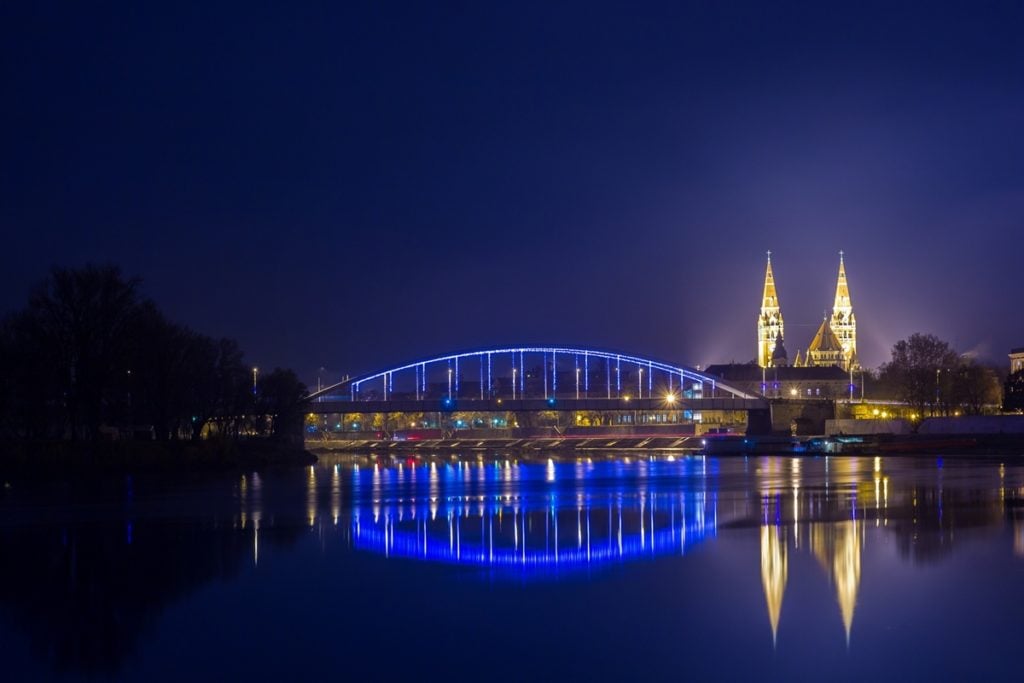
The devastating Great Flood had almost entirely destroyed the city, after which it was carefully redesigned based on Parisian city planning, earning its nickname Paris of the Great Plain. Its grandiose palaces, which appeared at the turn of the 19/20th centuries, reflect competing architectural styles, yet creating harmony. The local Jewry played a pivotal role in science, arts and literature as well as in rebuilding the city. Their splendid palaces and new synagogue mark the heyday of Szeged’s Jewish community.
The New Synagogue is the second largest synagogue in Hungary and the fourth largest one in the world, designed by renowned architect Lipót Baumhorn (inaugurated in 1903). Besides Romanesque, Gothic and Baroque style elements, Art Nouveau plant motifs make the interior of the New Synagogue special.
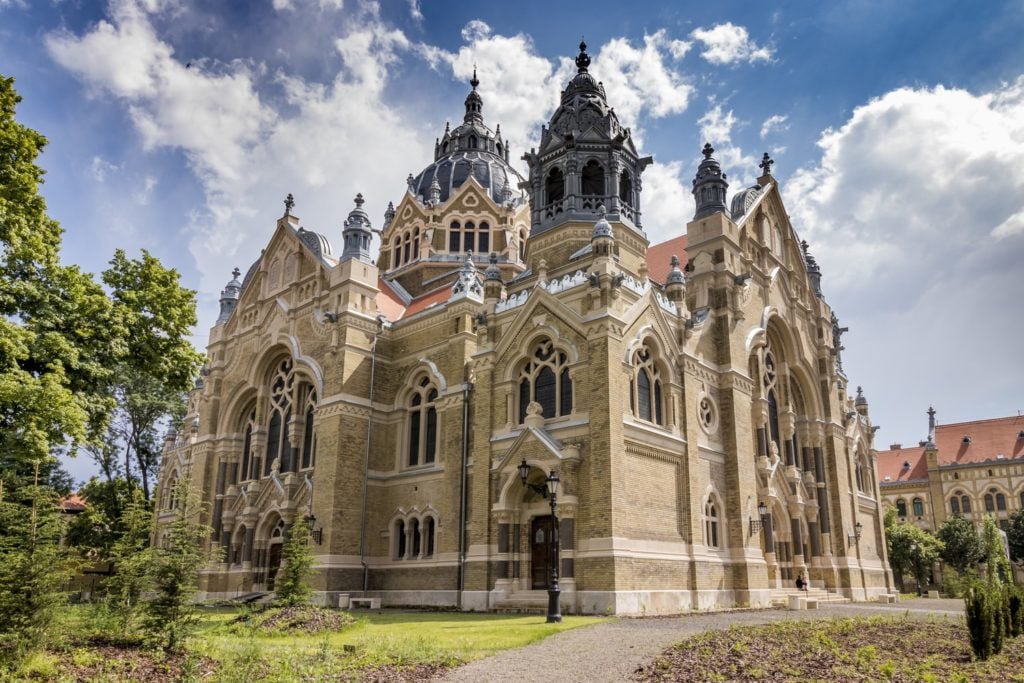
Lipót Baumhorn (1860–1932) who designed and (re)built over 42 synagogues and numerous public and residential buildings in Austria-Hungary, considered the Szeged synagogue his most outstanding piece.
The rebirth of Szeged not only had an great impact on its built heritage, but also affected its social and economic life giving floor to outstanding local Jewish entrepreneurs and industrialists, such as the Lengyel and Seifmann families who played crucial role in the process of rebuilding.
Mór Seifmann’s talent is marked by several prestigious orders; he made the furniture for the Szeged–Csongrád Savings Bank, the National Theatre of Szeged, the spa (later known as the Anna Baths), the Hotel Europa, the Hotel Kass and that of the assembly room of the City Council.
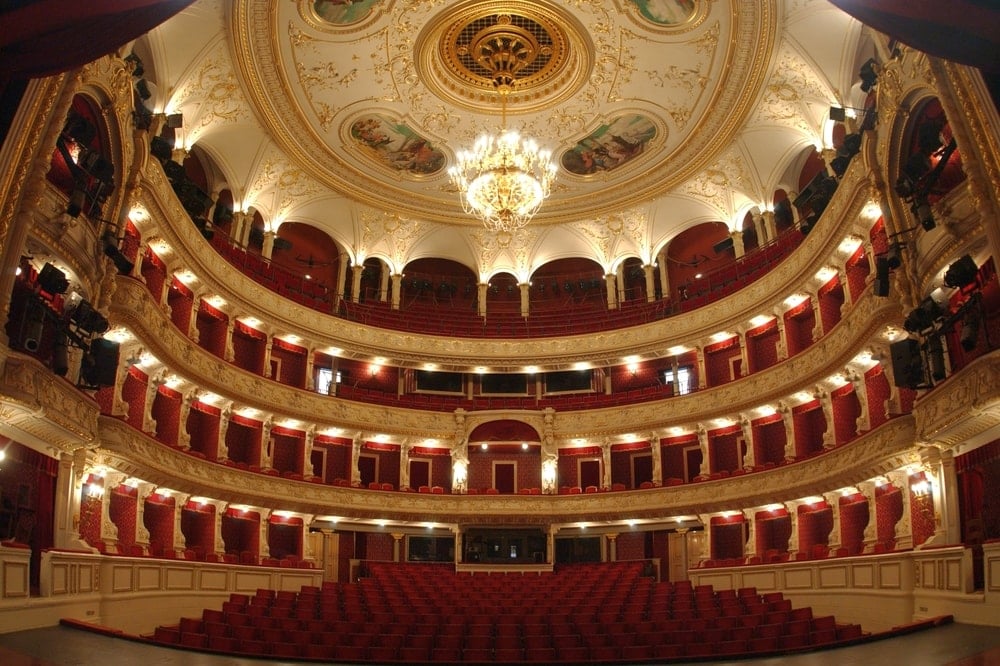
Another nationally famous Jewish family that produced furniture of outstanding quality was the Lengyel family. For instance, all the furnishings for the grand Hotel Tisza on Széchenyi Square were made here. The family bought a residential building for the company at the corner of Klauzál Square and Kelemen Street, (currently, the Kis Virág patisserie can be found here).
Professional reconstruction of the downtown Klauzál Square and Kárász Street earned the prestigious Europa Nostra Award in 2004. Further reconstruction works included Kölcsey Street, Dugonics Square and Somogyi Street. As a result, significant buildings from the pre-flood era – the Rector’s Office of the University of Szeged, the Kárász House and the Dávid Kiss Palace, as well as palaces of the early 20th century that were mainly owned by Jewish families – flourish in a new surrounding. The Milkó Palace is an outstanding one among the latter mentioned residential buildings. The Milkó family, who held a lot of irons in the fire, were involved in real estate development, timber trade, railway construction and brick production. Along with running a steam saw factory and a gravel quarry, they were shareholders in the Szalán pharmaceutical company.
One can discover the hidden treasures of the town during various thematic tours on Art Nouveau, gastronomy, literature, theater and Jewish heritage offered by local tour guides and the Tourinform Agency.
The Anna Medicinal-, Thermal and Wellness Spa offers an excellent place for recreation; medicinal and wellness pools, infra- and Finn saunas await their visitors in a heritage-site building.
Families can also choose from colorful programs. The Szeged Zoo is one of the youngest, largest and most peculiar ones in the country.



Szeged offers a multitude of adventures for the lovers of active tourism. It is easy to get around town by bike (can be rented at the Tourinform Agency). Also, pawed cycle tracks lead to sites of the surrounding settlements. The Botanic Gardens of the University of Szeged in Újszeged are also well worth visiting, which host a more than 90-year-old collection of plants among them the largest outdoor Indian Lotus population in Central Europe.
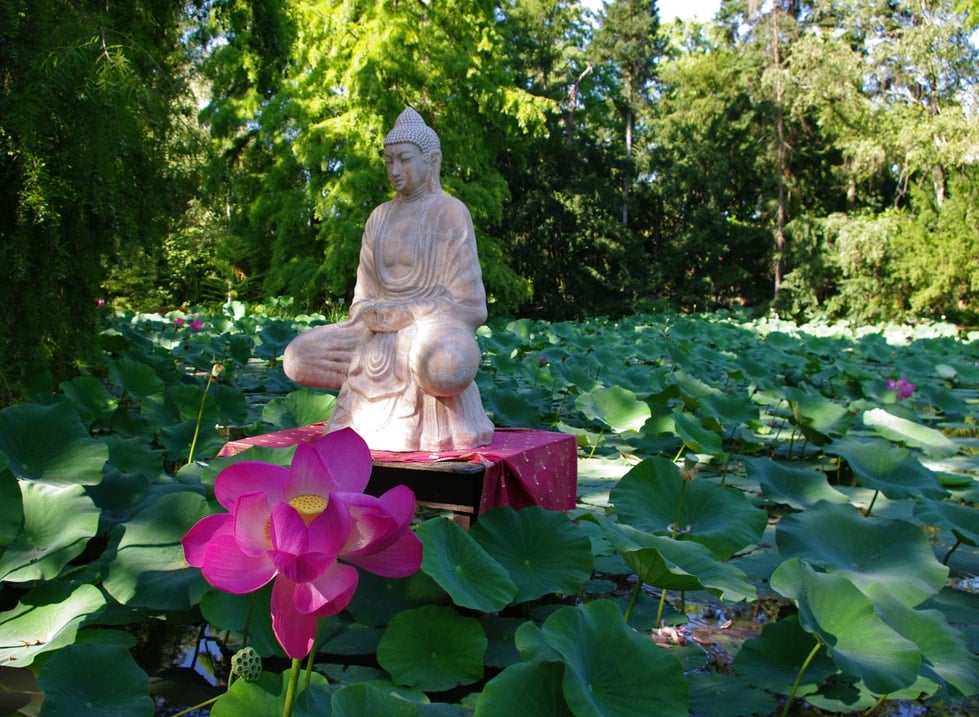
Szeged’s outstanding buildings, squares and parks can be discovered during a 45 min trip on the sightseeing train. These guided tours introduce the rich local heritage in multiple languages.
The downtown area of the city is relatively small and compact that can be easily explored on foot as well. The rich Jewish cultural heritage of Szeged can be discovered in self-guided tours offered by the free-to-download mobile application Jewish Heritage Szeged.
The Herzl family
The Herzl family was one of the most notable Jewish families in Szeged; among their ancestors was Mihály Pollack, founder of the local Jewish congregation. Pollack was involved in commerce and moved from Kisbér to Szeged in 1781, although Jews were only permitted to settle in town as a group from 1786. Mihály Pollack was the first Jewish person in Szeged to buy a house where religious gatherings could be held before the first synagogue was built.
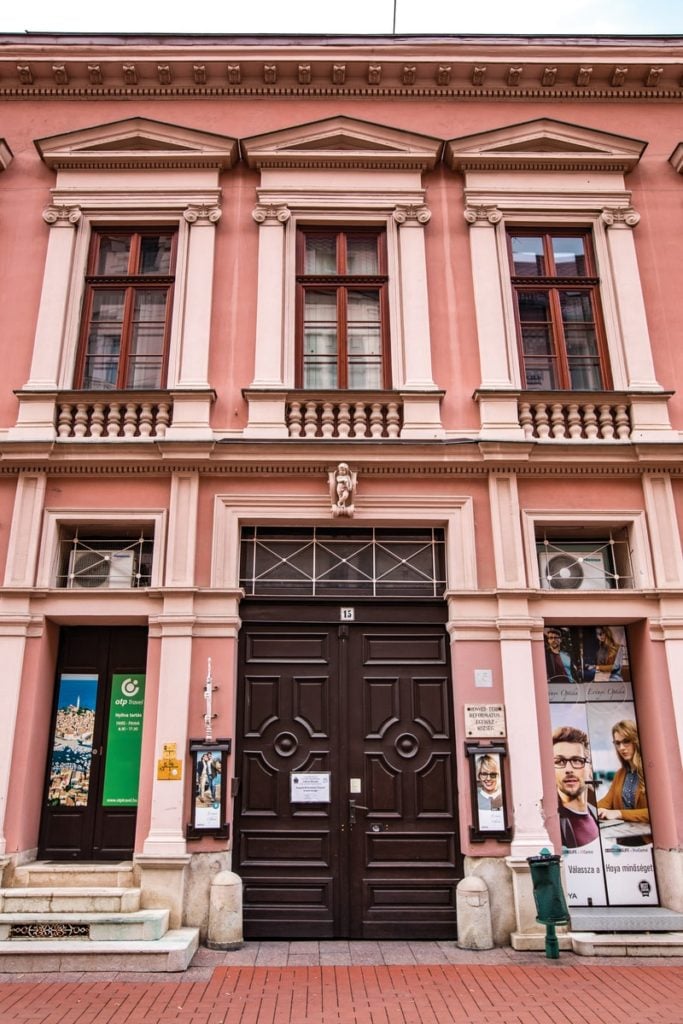
Although Pollack had no sons, his daughters’ children played a significant role in the Jewish community. For instance, Mózes Herzl, a merchant, was one of the first trustees of the Talmud-Torah Chevra (an association dealing exclusively with Hebrew teachings), which was established in 1820. His wife, Perl Grünwald, was a founding member of the first Hungarian Jewish women’s society in Szeged (established in 1835).
Béla Balázs – internationally renowned film theorist
Béla Balázs (1884–1949) author, symbolist poet, screenwriter and influential film theorist, was born in Szeged on 4 August 1884, as Herbert Bauer. His talent was revealed at an early age. He attended university in Budapest, where he befriended world-renowned composers Béla Bartók and Zoltán Kodály. In 1908, when he earned his Master of Arts degree, his works were published along with those of the most outstanding Hungarian poets of the time, Endre Ady, Mihály Babits and Gyula Juhász, in the A Holnap (Tomorrow) anthology. His main book on film theory, A látható ember (The Visible Man) was published in 1925.
He lived in Berlin from 1926 until 1930, where he worked closely with Bertolt Brecht and became friends with the famous actress Leni Riefenstahl, for whom he wrote scripts. He received the highly prestigious Kossuth Prize in 1948 and passed away the following year. He has a memorial tablet at the Weiss or Vajda House and a bust on Dóm Square in the pantheon, while a projection room for art films bears his name in the local cinema, Belvárosi Mozi. In 1958, a studio in Budapest for young experimental filmmakers was later named in his honour as was a national prize for filmmakers.
Tel Aviv Shabbat Project
The Shabbat Project is an international movement that unites all Jews to keep one Shabbat together. The Tel Aviv branch is powered by White City Shabbat.
The Shabbat Project
The Shabbat Project is a global, grassroots movement that unites Jews around the magic of Shabbat.
The idea is simple: Jews from all walks of life – from across the spectrum of religious affiliation, young and old, from all corners of the globe – come together to celebrate and keep one full Shabbat.
Hava Nashira
Hava Nashira is the premier Jewish worship and music conference of the Reform Movement, serving diverse populations from a variety of movements, communities, and congregations. Hava Nashira focuses on teaching songleading for religious school as well as leading and crafting meaningful worship, thinking about engagement, music to build community, and broadening our reach using music and prayer as our focus. Hava Nashira brings the best in professional songleaders and worship teachers to hundreds of participants every year.
Cave of Patriarch Worship
The Cave of the Patriarchs stand over the tomb that Abraham purchased, as recorded in the Book of Genesis. The Cave of the Patriarchs was built by Herod the Great over 2,000 years ago and is still standing and in use up to this day. These caves are the burial plots of the Patriarchs and Matriarchs of the Bible; Abraham & Sarah, Isaac & Rebekah, and Jacob & Leah. For 700 years, from 1267 to 1967, Jews were barred from entering the Cave of the Patriarchs. In 1967, Rabbi Shlomo Goren reclaimed Jewish control over the Cave of the Patriarchs in the name of the Jewish people, and people of all faiths can now freely enter and worship at the holy site.
Chayei Sarah Shabbat in Hebron
An estimated 40,000-50,000 Jews from around the world converged on the city of Hebron and its adjacent sister city, Kiryat Arba, over Shabbat in honor of Sarah, the biblical matriarch of the Jewish people.
